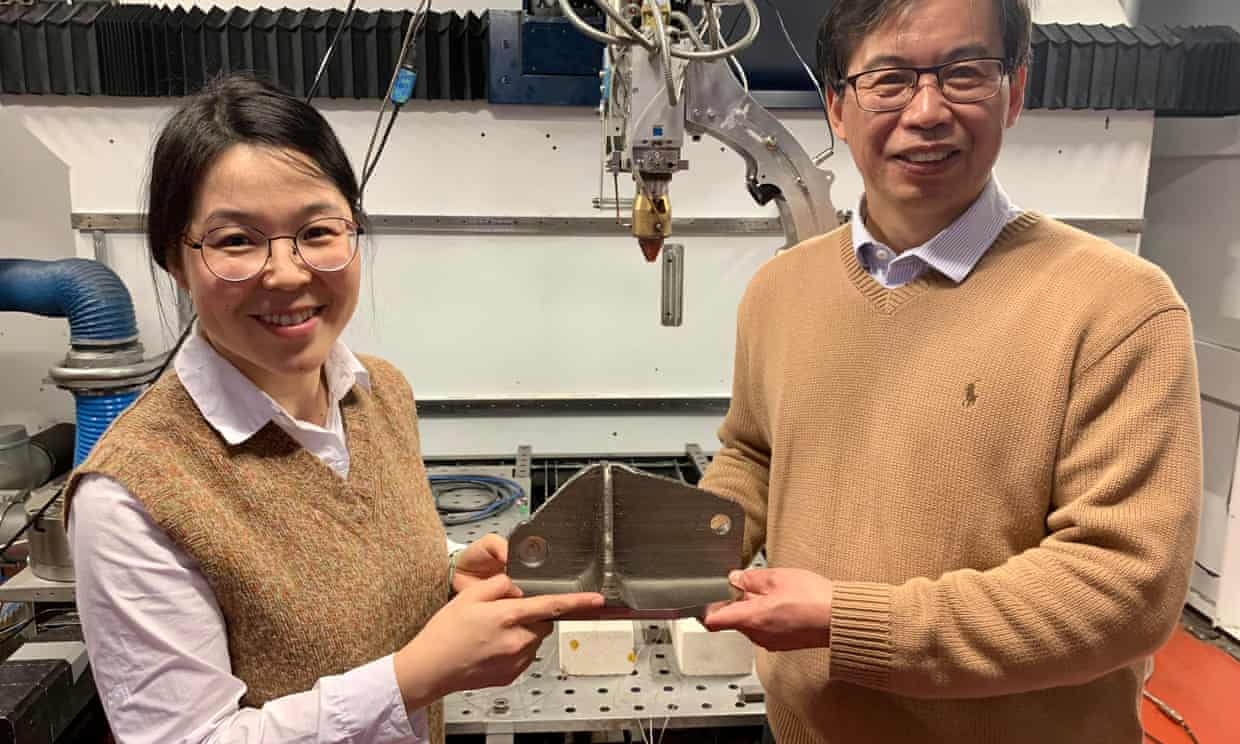Australian scientists create new class of titanium alloys

Scientists have created a new class of titanium alloys using laser 3D printing, which they say could improve the sustainability of the titanium industry and be used in aerospace and biomedical engineering.
Titanium is a key metal in many industries, and is prized for its high strength, lightness and durability. Professor Ma Qian (pronounced "chyan") of RMIT University in Melbourne, who led the new alloy development, described titanium as a "magical metal", stating that "it's biocompatible, and every year more than 1 000 tonnes of titanium metal is made into bone implants". More corrosion-resistant than stainless steel in seawater, it is also widely used in submarines and desalination plants. "Without titanium alloys, we wouldn't be able to fly as we can today," Qian said, adding that titanium constitutes about 20% of the weight of a typical aircraft.
The mainstay of the titanium industry is an alloy known as Ti-6Al-4V, which contains 6% aluminium and 4% vanadium. Invented in 1954, this single alloy accounts for more than 50% of the entire market of titanium. The new alloy, 3D-printed from metal powder, does away with the need for aluminium and vanadium, using the readily abundant elements oxygen and iron instead, which are cheaper to source.
Alloys with high oxygen and iron contents have traditionally been considered scrap titanium. The presence of oxygen can make the metal brittle, while iron has a tendency to segregate into defect flecks. Using 3D printing, however, allowed the scientists to produce nanoscale-sized titanium crystals within the alloy to carefully control the distribution of oxygen and iron atoms. As a result, some parts of the alloy are stronger and more ductile, and the material is not brittle under tension.
"The new material rivals conventional titanium alloys in strength," said co-lead researcher Professor Simon Ringer, who is also pro-vice-chancellor at the University of Sydney. One advantage of the 3D-printed alloy was the ability to tweak parameters during production to give the material "gradient properties". Ringer added that "You can build a thing that would have certain properties in one bit and other properties in another bit." Sustainability is another advantage, the researchers say, because titanium with a high iron and oxygen content could be recycled into a new alloy.
Having established the proof of concept, the researchers are still some way off industrial applications, such as biomedical implants, and in the space and aerospace industries. Advanced manufacturing and materials technology is one of seven fields that the Australian federal government recently included on its list of critical technologies.
"Australia is number 1 in terms of the amount of titanium mineral reserves in the world," Ringer said. "Many of us engineers in Australia are really excited about the opportunity that advanced manufacturing is creating for onshoring of production."
.png)